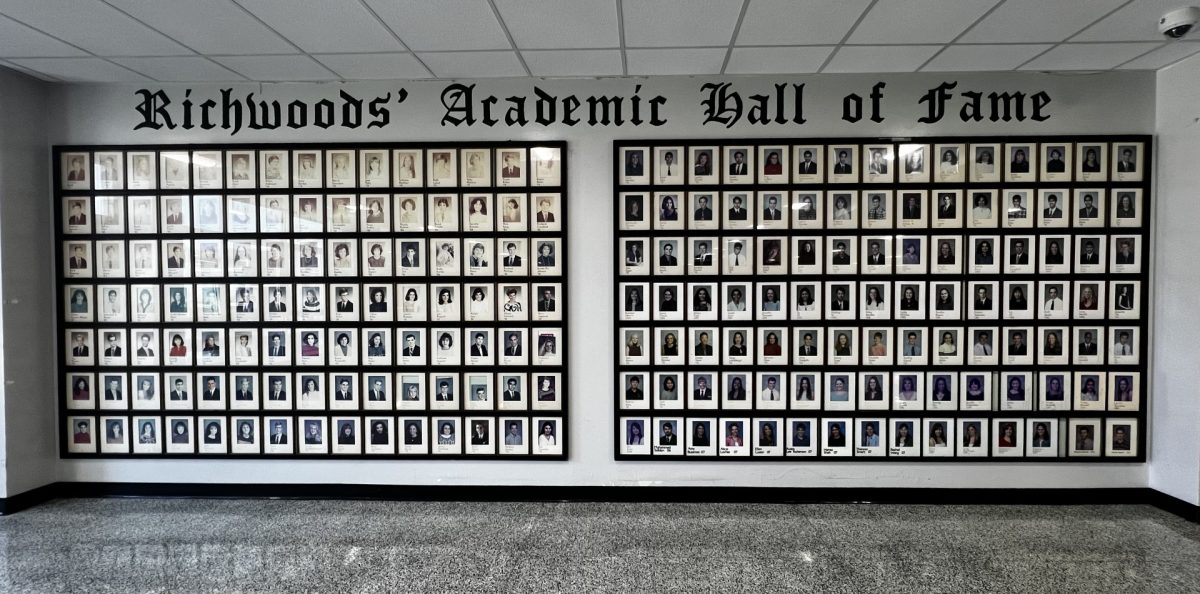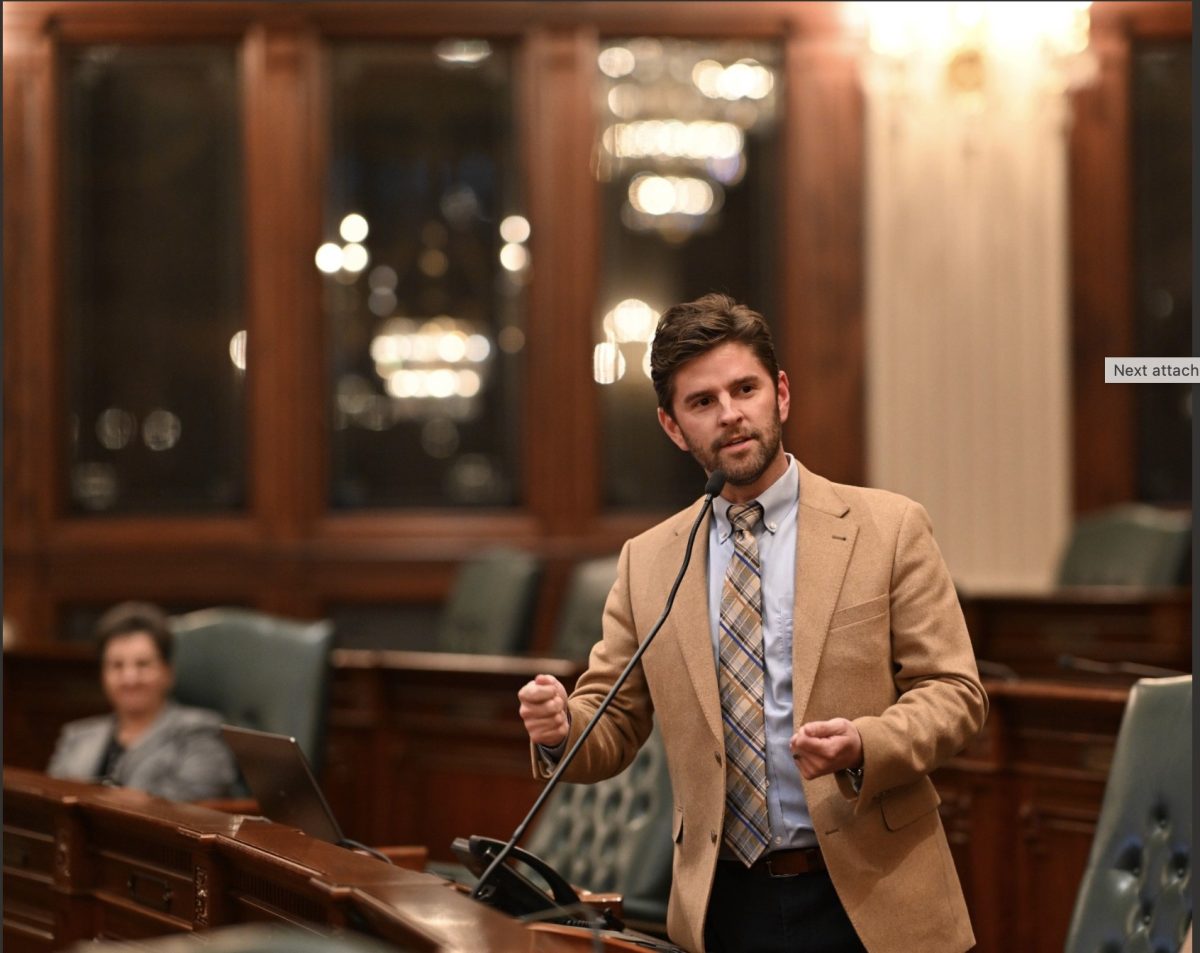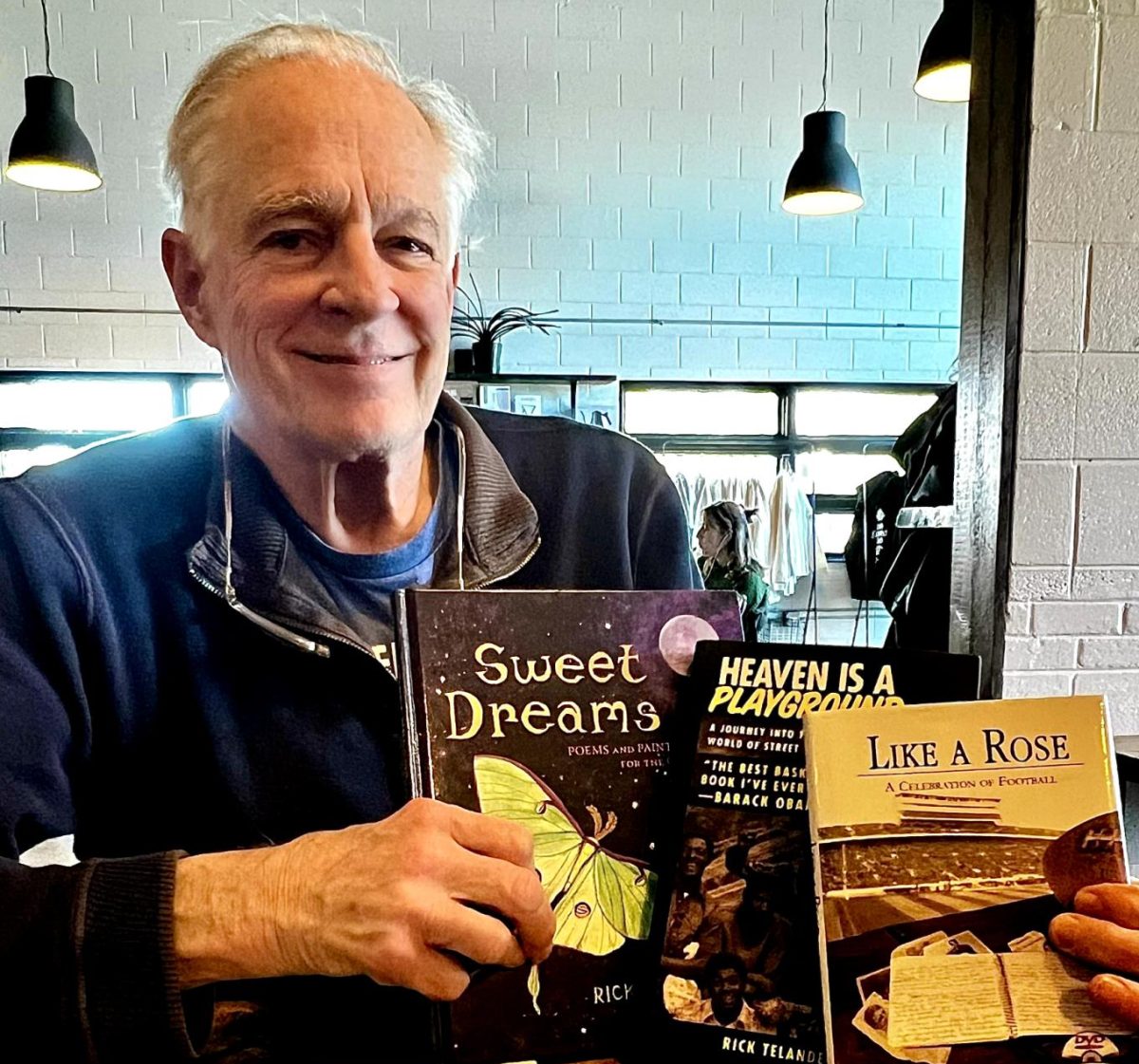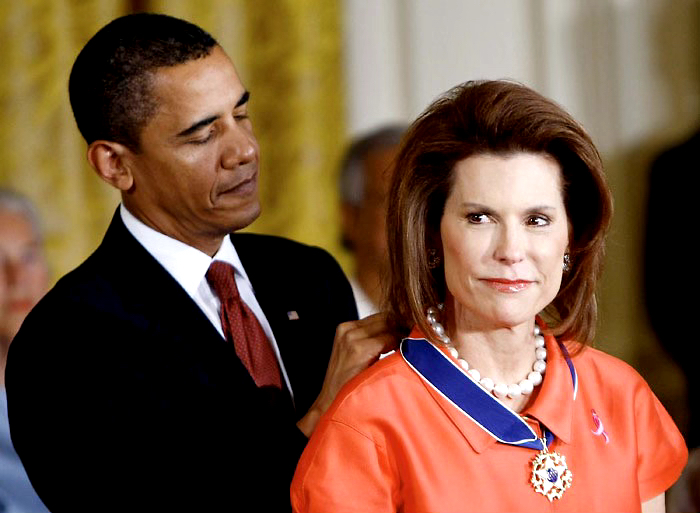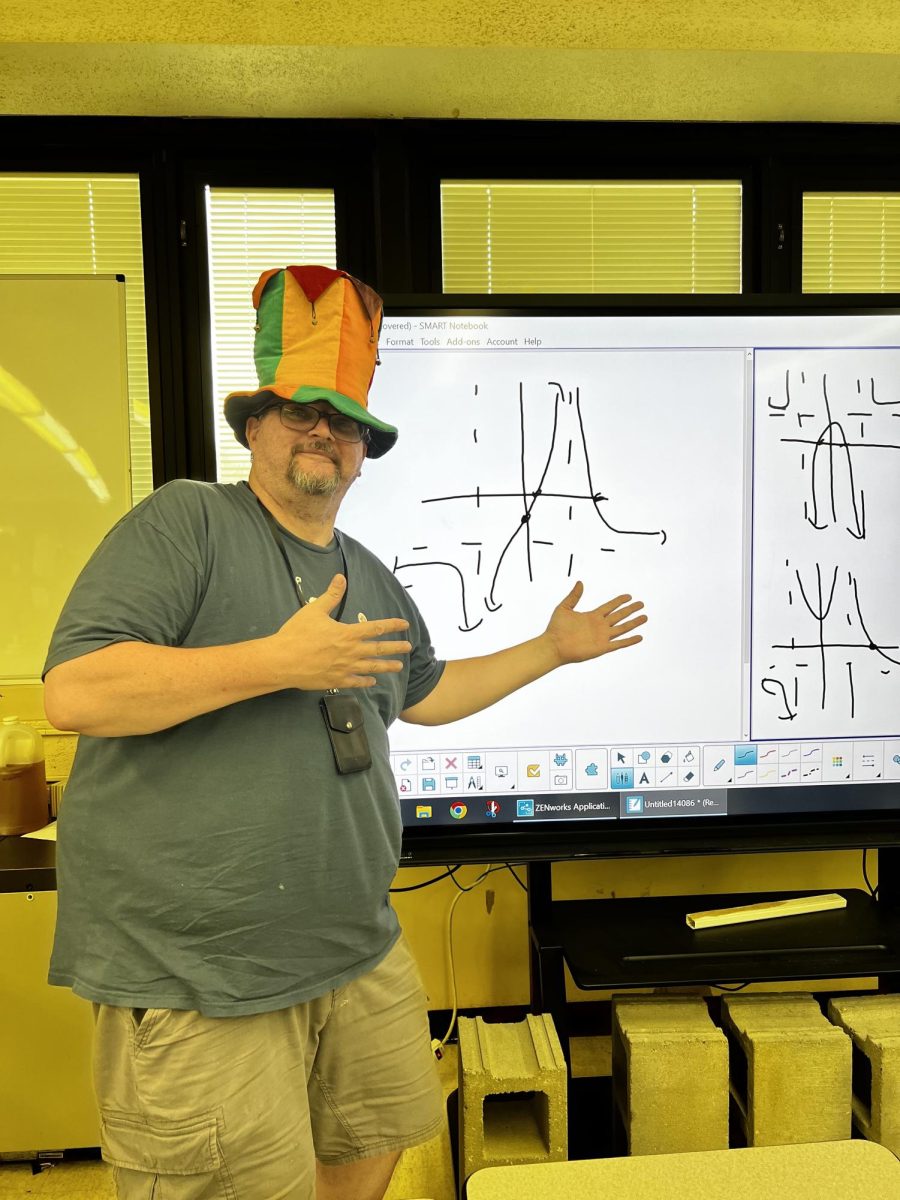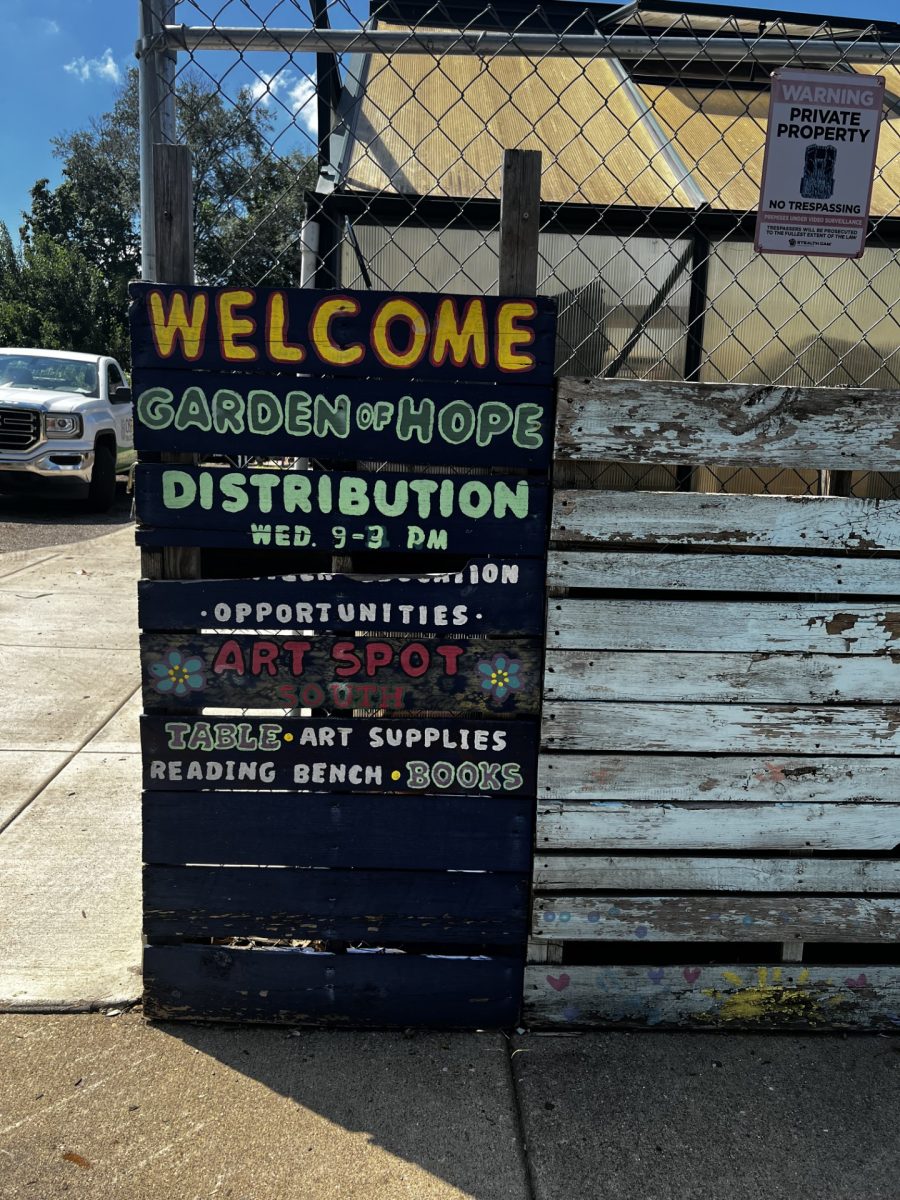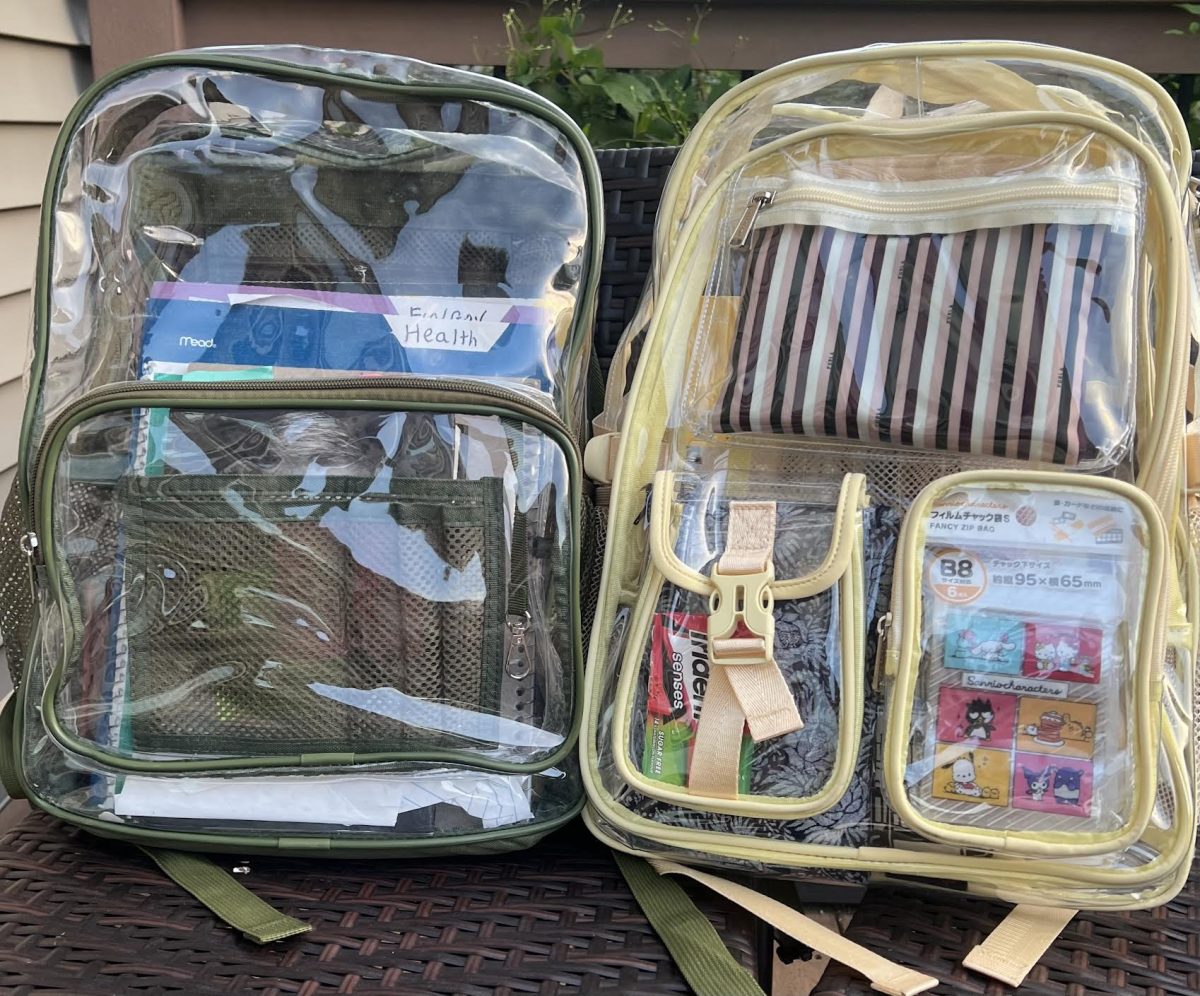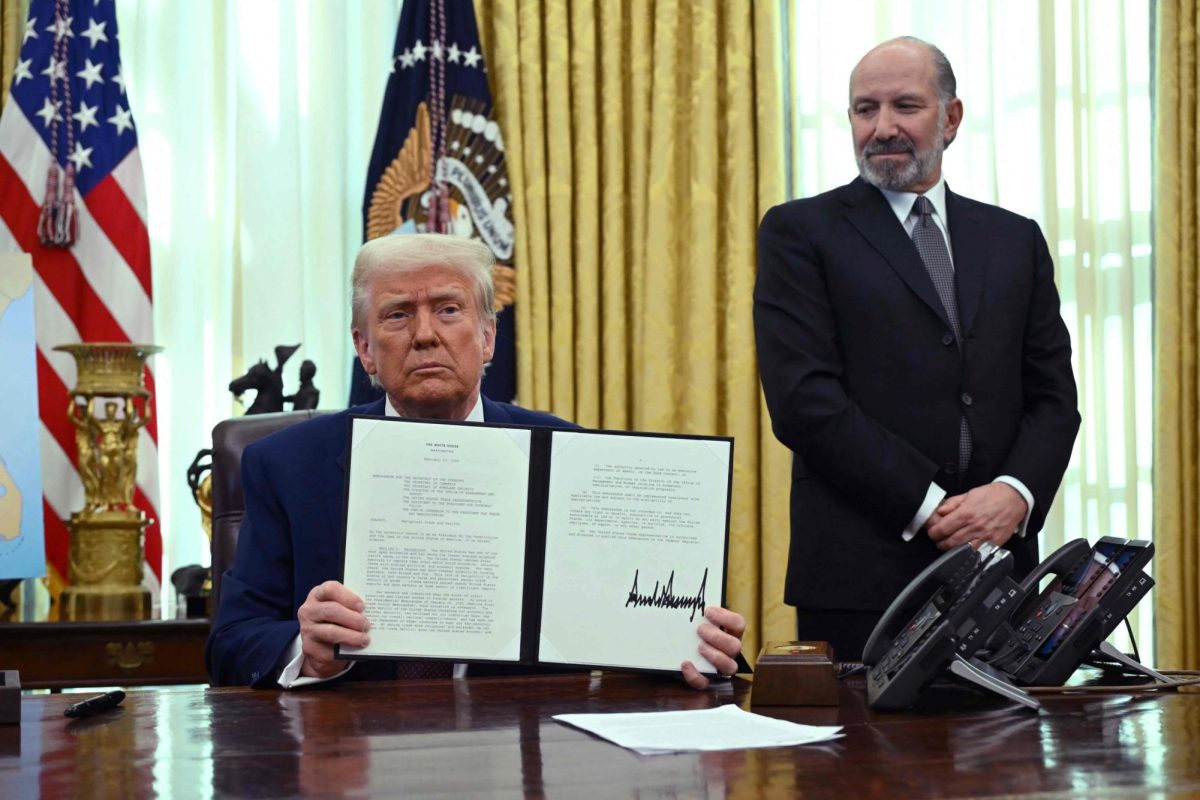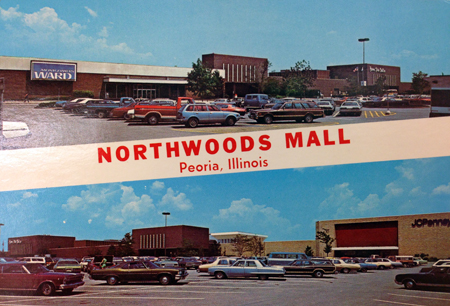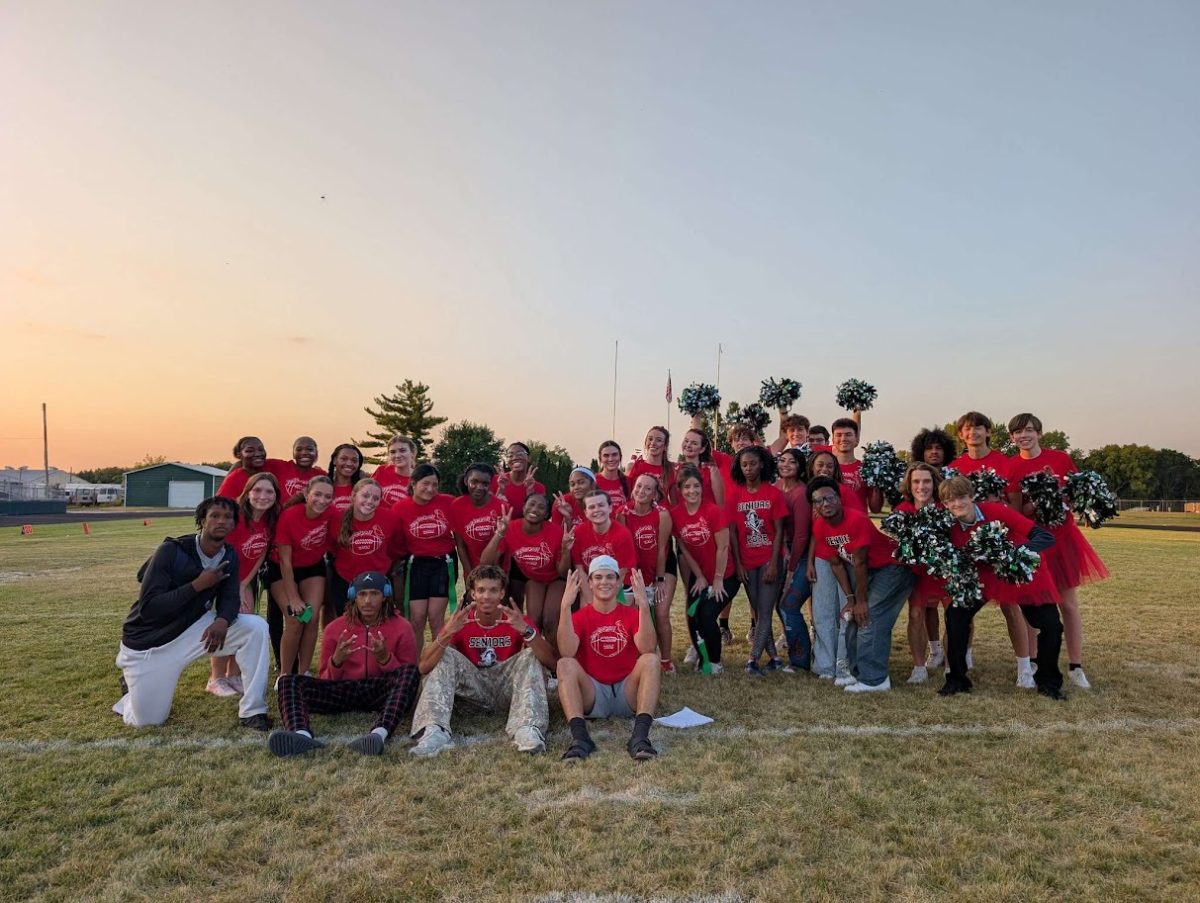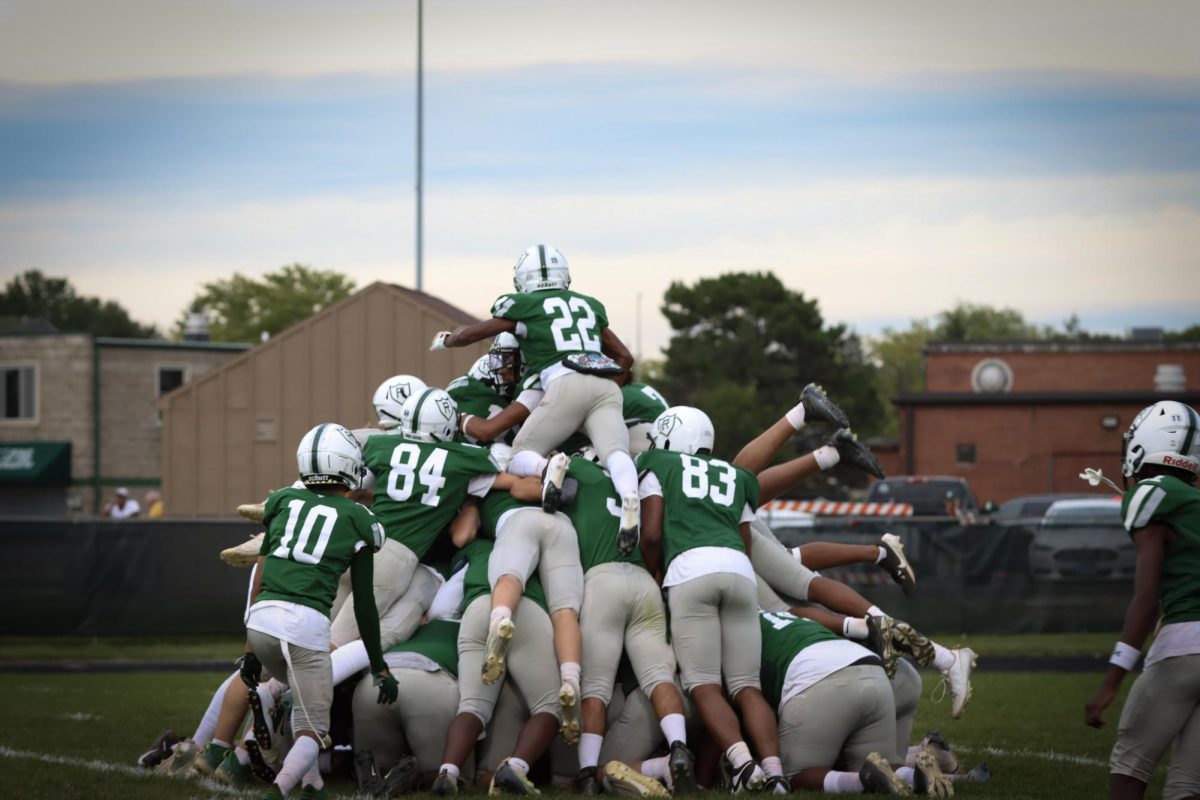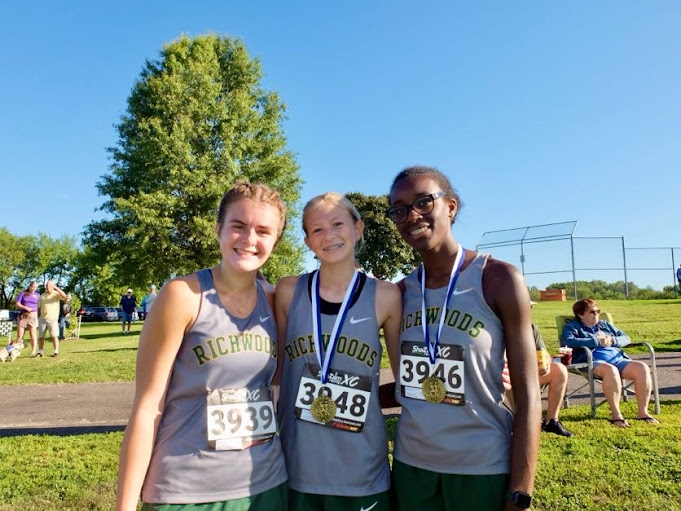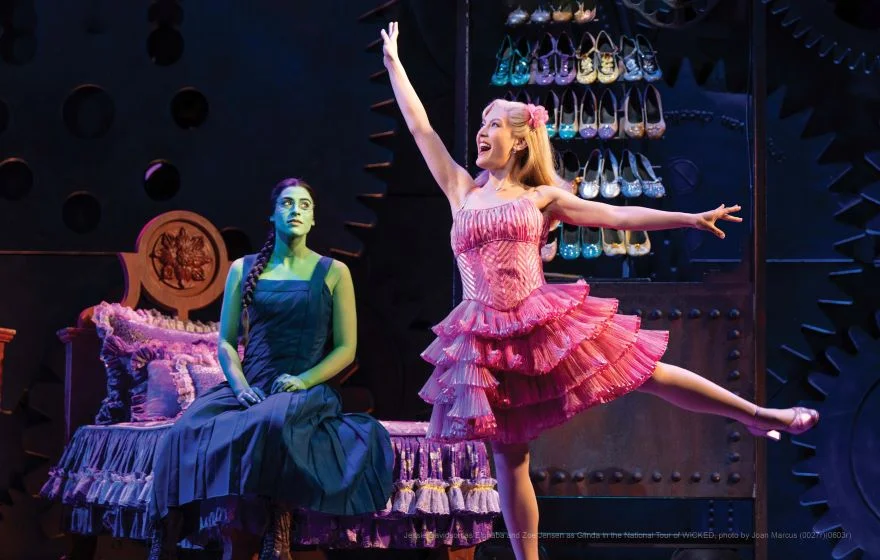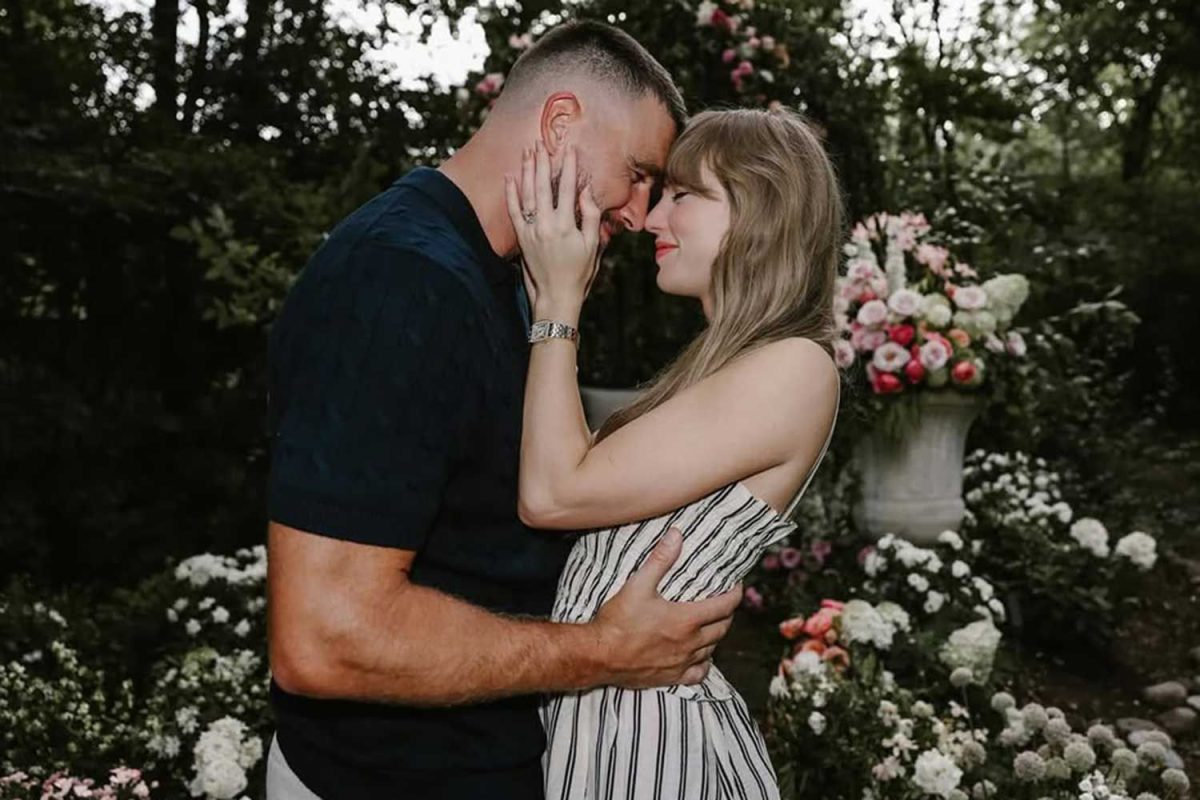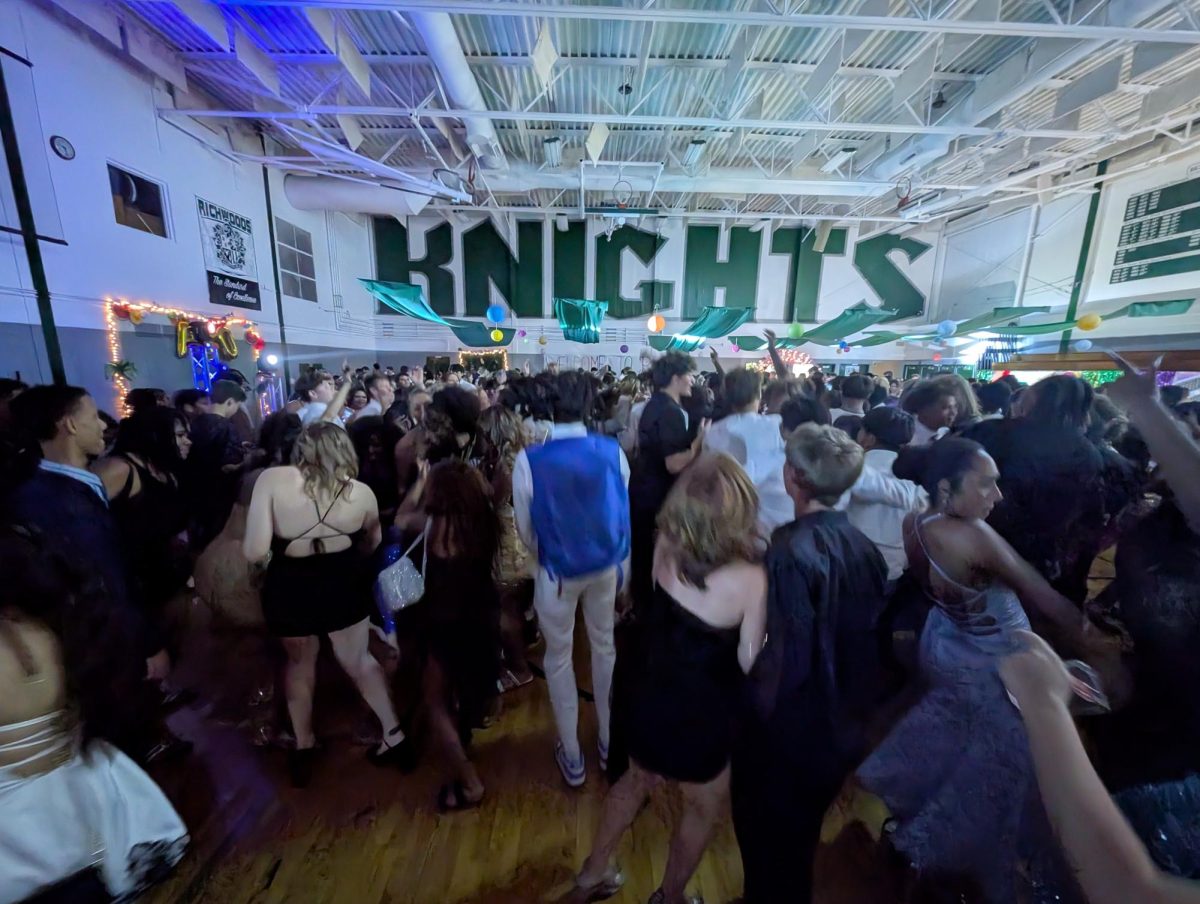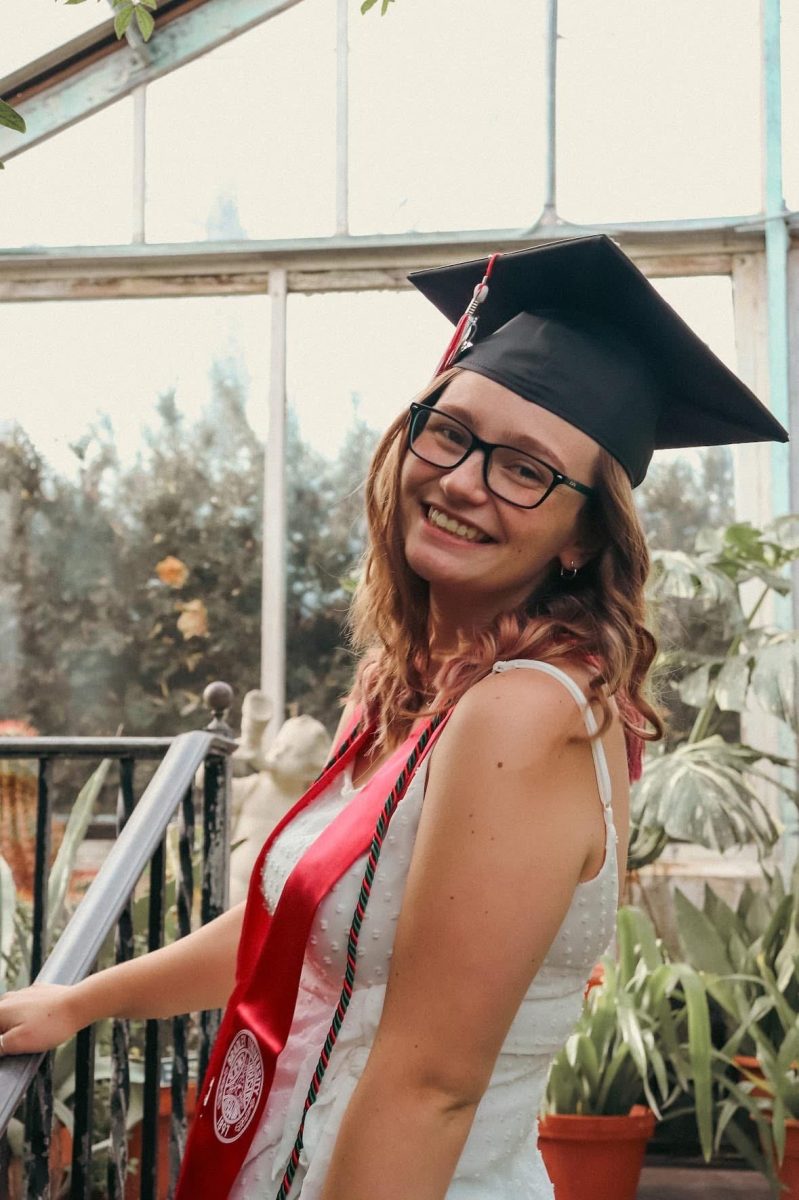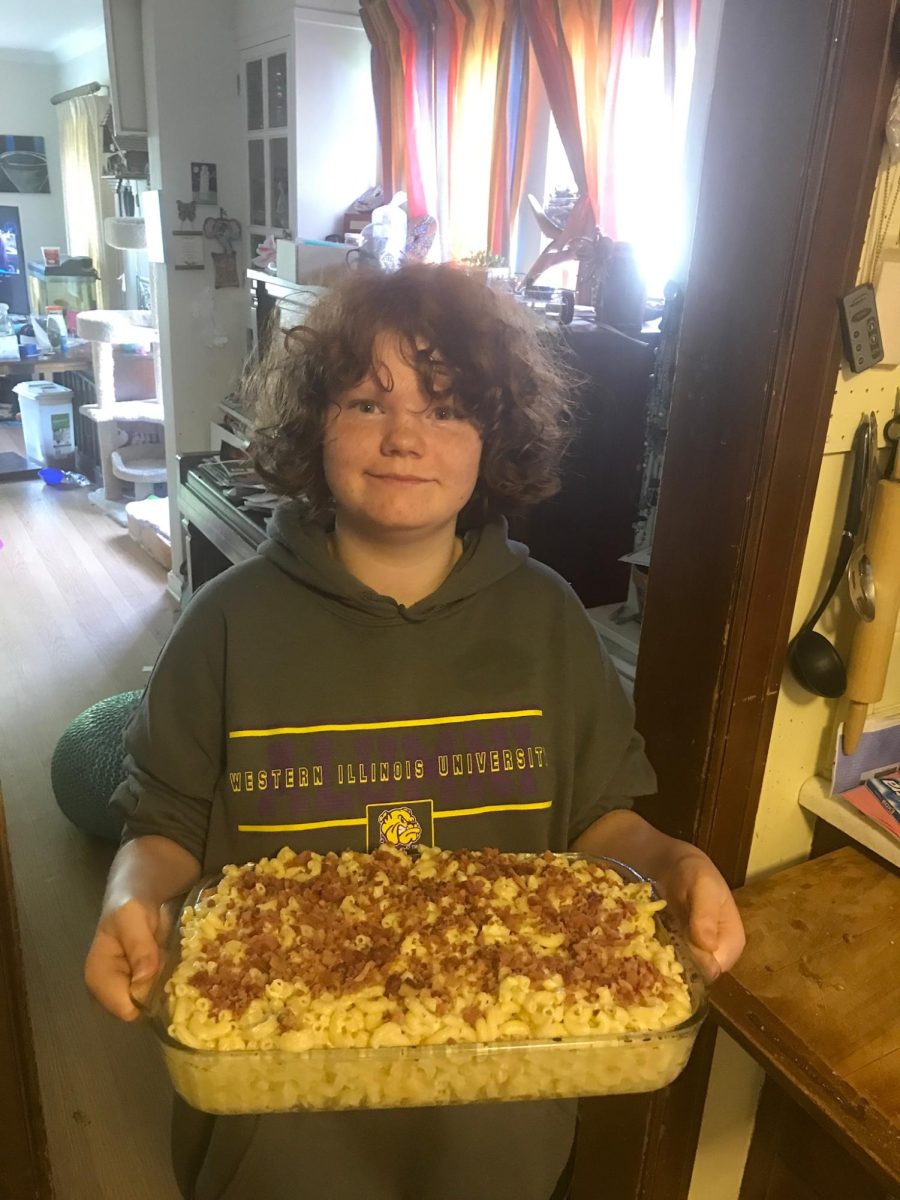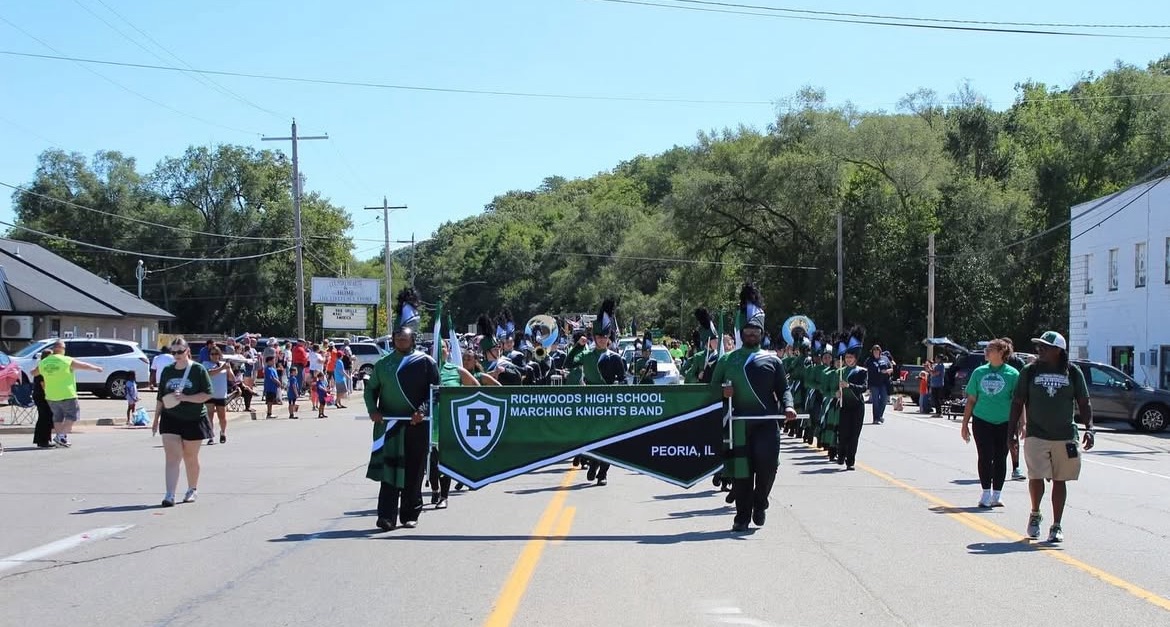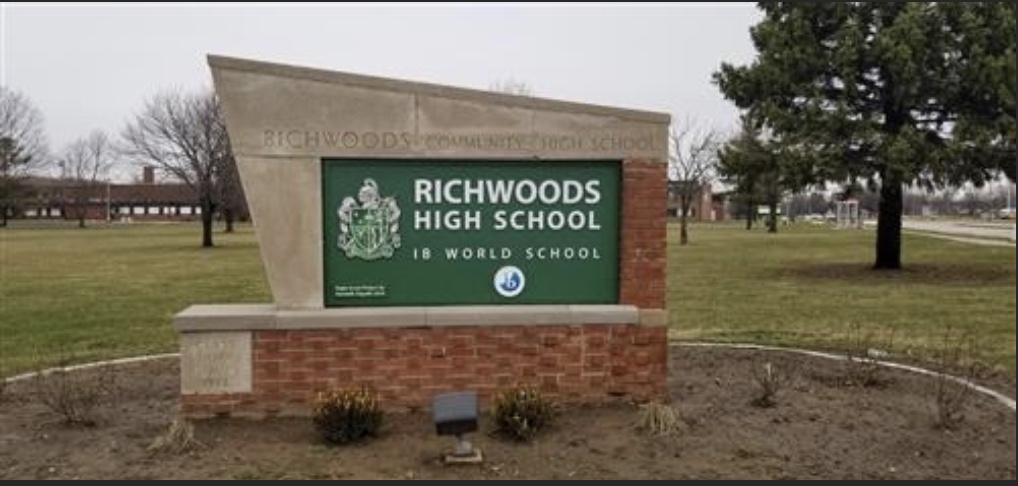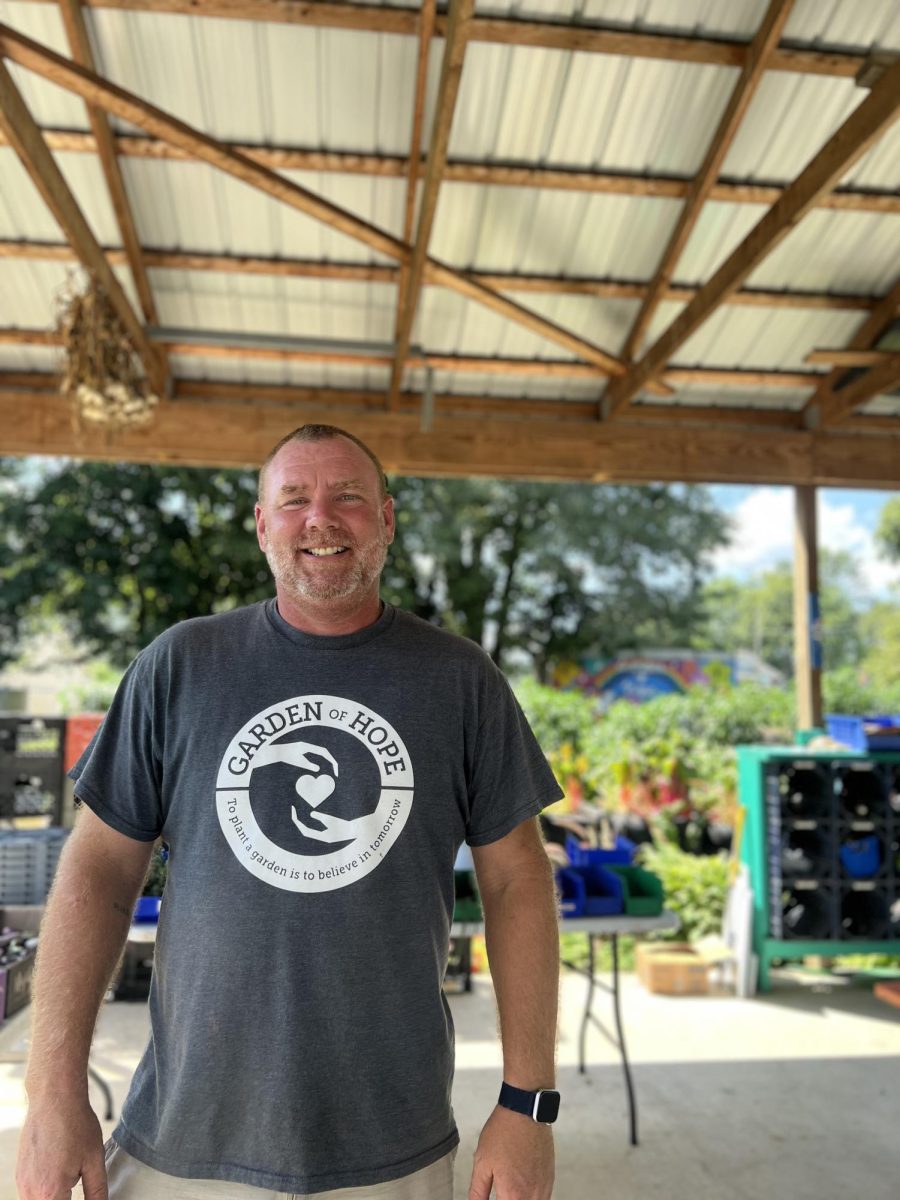The wooden sign, made out of black planks of wood, leaned against the fence displaying the colorful words:
“Welcolme
Garden of Hope
Distribution Wed. 9-3pm
Opportunities
Art Spot South
Table – Art Supplies – Reading Bench – Books”
Beyond the fence was a concrete pathway, which led into the Garden of Hope. The luscious garden immediately greeted its visitors with beds of vibrant flowers and vegetables and a truck with ‘OSF HealthCare Gardens of Hope’ painted on it. Further down the pathway was an open shed, surrounded by towering sunflowers. Many visitors walked in and out of the shed’s entrance, carrying plastic grocery bags full with fresh produce. Inside the open shed was a man with a grey shirt with the words “To plant a garden is to believe in tomorrow.” He was talking to a couple, who were carrying fresh cucumbers. Behind them were red and black crates, various rakes and hoes, picnic benches, and blue bins with kale, peppers, peaches, and other produce. As they finished their conversation, I thought of how this magnificent garden had been created and crafted from the generosity and ingenuity of the people in Peoria.
Though Peoria is regarded as a vibrant city, many Peorians living in the South Side have been living in a food desert since 2014 after many grocery stores started to pull out from the area. After the closing of Kroger in 2018, it has been more difficult for many residents with no cars to have access to grocery stores where they could buy fresh fruits and vegetables. Motivated to help solve this problem, in 2016, Mary Ann Burk, a Faith Community Nurse at OSF, took the initiative to start a community garden in an empty parking lot next to her office. Named the Garden of Hope, this project quickly expanded to include Jo Garrison, director of ambulatory patient care, and Mike Simon, coordinator of the OSF gardens. Eventually, three more Gardens of Hope were created: St. Ann’s Garden of Hope, St. Matthew’s Garden of Hope, and the OSF HealthCare Cancer Institute Garden of Hope. All these gardens serve the ultimate purpose of growing and delivering fresh produce to surrounding neighborhoods. Today, these gardens in different locations of Peoria help combat the social and economic determinants of health problems by providing accessible, fresh produce for people in those neighborhoods.
As I walked in the Garden of Hope across St. Ann’s Catholic church, the man in the grey shirt was waving goodbye to two people carrying a bag of cucumbers and turned to me. We shook hands and he introduced himself as Mr. Michael Brooks, garden coordinator. He said that he was responsible for maintaining the gardens throughout the year. We sat down at a nearby picnic table in the open shed to begin the interview. Although it was a sunny day, the cool breeze that carried the sweet scents of the flowers in the garden lessened the stupefying effect of the heat. Before I began asking any questions, Mr. Brooks smiled and pointed to 40 red and black crates behind me. He told me that these crates were filled to the brim with produce this morning. Now, at 3:30 in the afternoon, they were all empty. I was very surprised and asked him how many families visit the Garden of Hope. Mr. Brooks smiled and said, “Since this year, 368 families have visited the Garden of Hope, especially from the 61605 zip code.” Mr. Brooks said that many families enjoy visiting the garden because “ It’s a great resource for an area that is known as a food desert. There’s no local grocery stores here, no way to get by, and most people around here don’t have cars, so it makes that access point even more difficult. When you can just walk down to the street and go to the neighborhood community garden, you’re getting something that hasn’t been sprayed with pesticides and fertilizers, just 100% natural and healthy.” He added that “people also love the garden because it beautifies the neighborhood that they live in and walk through.” Before working at the Gardens of Hope, Mr. Brooks worked as a gardener at a local nursery for 18 years. Now, working in the Gardens of Hope for 7 years, Mr. Brooks said that he really enjoys the work that he has done. “I feel a purpose for the job that I’m doing. This is a great purpose – to help people who don’t have access to food, educate them about where the food comes from, teach them how to grow their own food, and supply them with extra plants so people can do this in their own backyard. We also teach them about healthy eating and ways to prepare the food in a healthy manner. We realize that not everyone has access to a fridge, microwave, and stove.”
Even during the wintertime, the Garden of Hope’s efforts to provide fresh food do not stop. The Garden has a greenhouse and continues to grow produce yearround. “I don’t hand the food to the public during the winter, but the food goes to local pantries. In addition, on Thursdays, after we do our food handout from 9am-3pm anything that is left over goes to area pantries so that nothing gets wasted,” Mr. Brooks said. With these efforts, the Garden of Hope grows and gives around 12,000-15,000 pounds of produce a year between all the gardens. Volunteers also contribute to this effort. “We have a few that are here everyday. We range about 200 a year that come in and help, whether that’s work groups, sometimes court service hours need to be done, and sometimes highschoolers who need community service hours.” As our interview came to a close, Mr. Brooks smiled, shook my hand and said, “There’s always something to be done in the Garden of Hope.”
Even on a hot day, the garden looked enticing with beds of vegetables and colorful annuals and perennials. I walked around the garden, admiring different garden ornaments and decorations that contributed to its aesthetic charm. I started at the front of the flower garden where there were colorful flowers such as sunflowers, daisies, and chrysanthemums. Beyond the flowers were some tomatoes growing on the vine. They were still green and ripe. Walking to the right of the open shed was a peaceful area which was surrounded by a bed of roses. Hand-painted benches were arranged in a circle for visitors to sit and reflect. Beyond the benches were the vegetables and fruits, neatly labeled in their respective plots: kale, potatoes, collards, eggplants, hot peppers, cabbage. Surrounding the growing produce were wheelbarrows, garden tools, various boxes, and colorful tires with flowers and plants. The Garden of Hope was healthy and thriving, basking in the beautiful sunlight. Standing inside the open shed, resting from the heat, I could see the array of green around me. In the background, beyond the fence, was a storage shed. It was painted with the words “Garden of Hope” with a rainbow arc, flowers, and a smiling bee. After taking pictures, and thanking Mr. Brooks for his time, I walked on the pavement, past the sign, and out of the Garden of Hope. As I looked back, the Garden of Hope stood proudly as an oasis of shining hope in the middle of the neighborhood regarded as a food desert of our town. While the city has received a funding of $1.66 million from the state to combat food desert problems, the reality of providing nutritious food to the Southside community is still a challenge. Through the funding, CJ Harvest, a local grocery store, is expected to open its door this year. In the meantime, the dedication of Mr. Brooks and the generosity of all the volunteers who lend their efforts to cultivate this lush garden will always make the Garden of Hope a quiet sanctuary for Peorians who face food insecurity and consequential health risks due to limited access to fresh, nutritious food.


